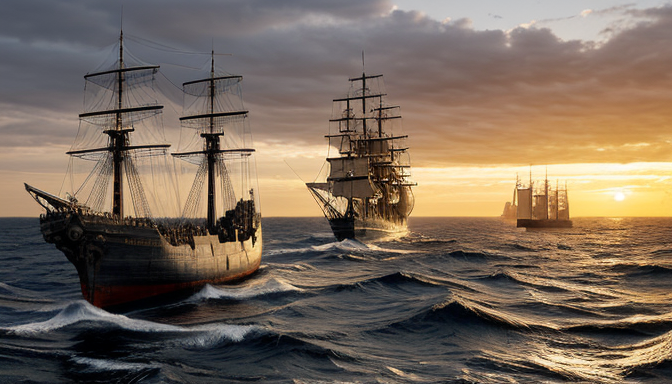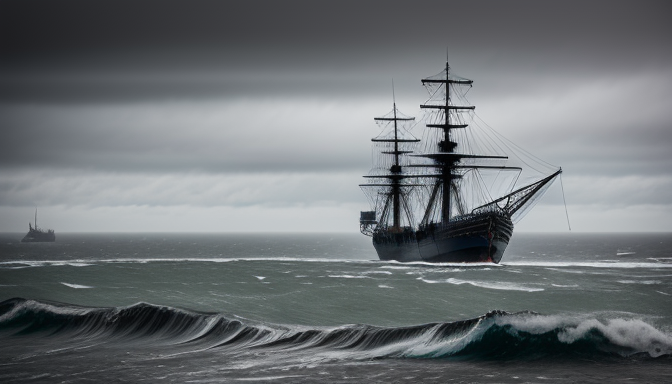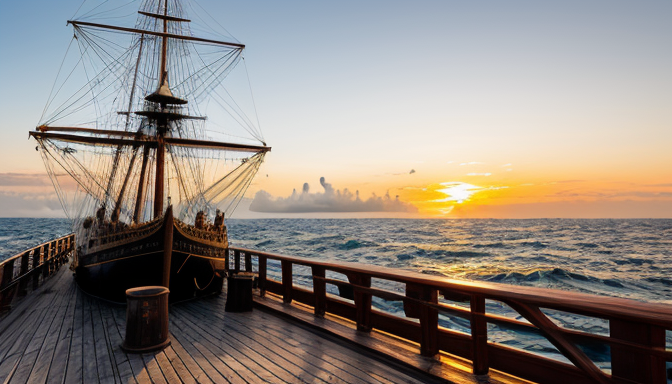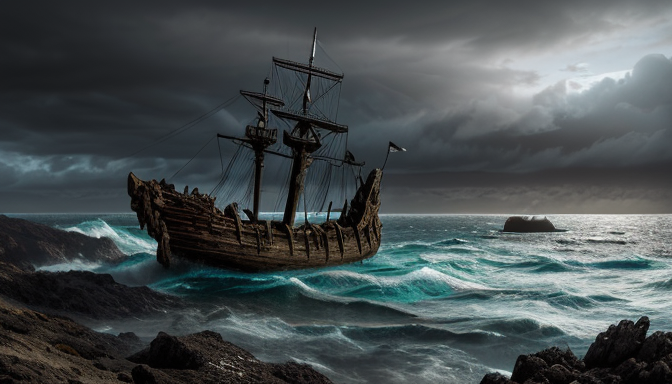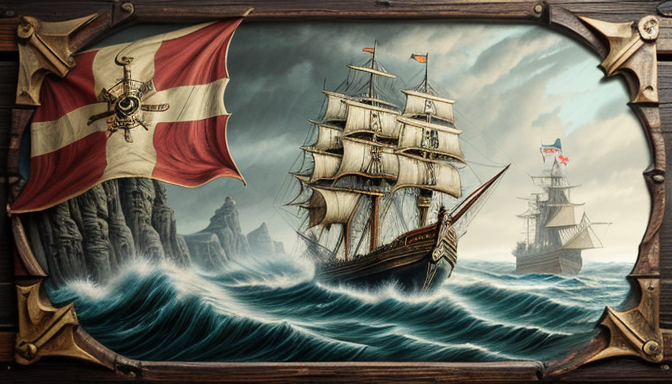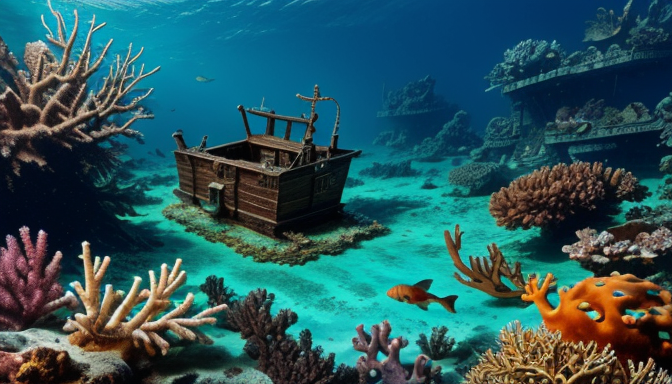The Untold Stories of Naval History: What You Didn’t Know
Ahoy, history buffs! Have you ever wondered about the hidden gems of naval history? While we often hear about famous battles and legendary ships, there’s a treasure trove of untold stories waiting to be uncovered. Picture this: the vast oceans, where brave souls embarked on perilous journeys, not just for glory but for survival, discovery, and sometimes, sheer madness. From the ancient mariners who navigated by the stars to the modern-day explorers pushing the boundaries of technology, the seas have always been a stage for epic tales.
Consider the myths and legends that swirl around famous explorers. Take, for instance, the story of the Viking longships. These vessels weren’t just boats; they were floating fortresses, designed for speed and agility, allowing the Vikings to raid and trade across Europe. But did you know that many of these expeditions were also fueled by a desire for new lands and resources? The Vikings were not merely warriors; they were also traders and settlers, reshaping the cultures they encountered.
As we delve deeper into naval history, we also find remarkable innovations that changed the course of maritime warfare. Think of the shift from sail to steam power, which revolutionized naval tactics. Suddenly, ships could travel faster and more reliably, altering the dynamics of naval engagements forever. The introduction of advanced weaponry and communication systems further transformed how battles were fought at sea, proving that innovation is the lifeblood of progress.
Hidden Figures in Naval Warfare
When we think of naval warfare, names like Admiral Nelson and Captain Cook often come to mind, but what about the unsung heroes who played pivotal roles in shaping maritime history? These hidden figures, often overshadowed by their more famous counterparts, made significant contributions that changed the course of battles and exploration. Take, for instance, John Paul Jones, a name that might ring a bell, but did you know he was once dubbed the “Father of the American Navy”? His daring tactics and relentless spirit during the Revolutionary War showcased the importance of naval power in achieving independence.
Another remarkable individual is Hannah Snell, a woman who disguised herself as a man to join the British Navy in the 18th century. Her incredible journey aboard a warship, filled with perilous sea battles and personal challenges, highlights the often-overlooked contributions of women in naval history. Imagine the courage it took for her to navigate not only the treacherous waters but also the strict societal norms of her time!
These stories are just the tip of the iceberg. Throughout history, countless sailors, strategists, and innovators have emerged from the shadows, each adding unique threads to the intricate tapestry of naval warfare. From unheralded engineers who designed groundbreaking ships to tactical geniuses who devised strategies that outsmarted the enemy, their legacies deserve recognition. Understanding these hidden figures allows us to appreciate the full scope of naval history, revealing how every sailor, regardless of fame, contributed to the epic tales of the sea.
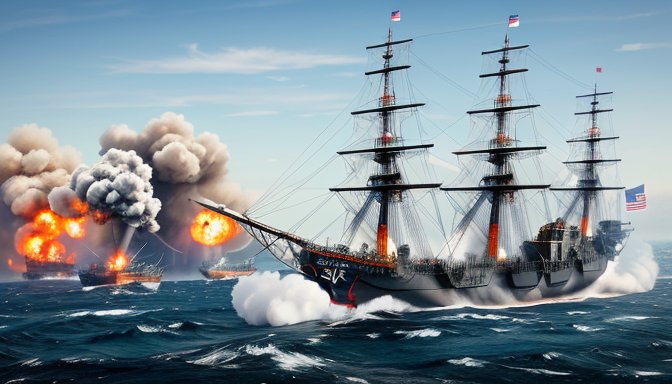
Innovations That Changed Naval Tactics
When we think about naval history, it’s easy to get lost in the grand tales of epic sea battles and legendary explorers. However, the real magic often lies in the innovations that revolutionized how these maritime adventures unfolded. Imagine sailing the high seas on a wooden ship, only to be overtaken by a sleek steam-powered vessel. This transition marked a significant turning point in naval tactics, altering the very fabric of maritime warfare.
One of the most groundbreaking advancements was the introduction of steam power. Unlike traditional sailing ships that relied on the wind, steam-powered vessels could maintain a consistent speed and direction, giving them a tactical edge in battles. This innovation allowed navies to execute complex maneuvers and engage enemies with newfound precision. Moreover, steam power paved the way for the development of ironclad warships, which could withstand cannon fire like never before.
Another pivotal change came with the advent of advanced weaponry. The transition from wooden cannons to rifled artillery meant that ships could fire with greater accuracy and range. This shift not only increased the lethality of naval engagements but also forced naval commanders to rethink their strategies. For instance, the ability to strike from a distance meant that battles could be fought far from the shore, changing the dynamics of naval warfare.
Finally, the evolution of communication systems played a crucial role in enhancing naval tactics. The invention of the telegraph allowed for instantaneous communication between ships and their command centers, enabling better coordination during battles. It was akin to having a real-time map of the battlefield, where every move could be communicated and strategized on the fly.
In summary, the innovations that changed naval tactics were not just technological advancements; they were the very foundation upon which modern naval strategy was built. These changes transformed not only how battles were fought but also how nations interacted on the high seas, creating a legacy that continues to influence naval operations today.
Frequently Asked Questions
- What are some lesser-known events in naval history?
There are countless hidden gems in naval history! For instance, did you know about the Battle of the River Plate in 1939? It was a significant naval engagement that showcased the bravery of the British Royal Navy against the German battleship Admiral Graf Spee. These stories often get overshadowed by more famous battles, but they are just as thrilling!
- Who were the unsung heroes of naval warfare?
Unsung heroes abound in naval history! Take, for example, the contributions of women like Grace Hopper, who played a pivotal role in developing computer programming for naval operations. These individuals often worked behind the scenes, yet their impact was monumental in shaping maritime strategies.
- How have innovations changed naval tactics over time?
Innovations have revolutionized naval tactics! The introduction of steam power in the 19th century, for example, allowed ships to travel faster and more efficiently, altering naval engagements forever. From radar technology to advanced missile systems, each advancement has pushed the boundaries of naval warfare and exploration.
